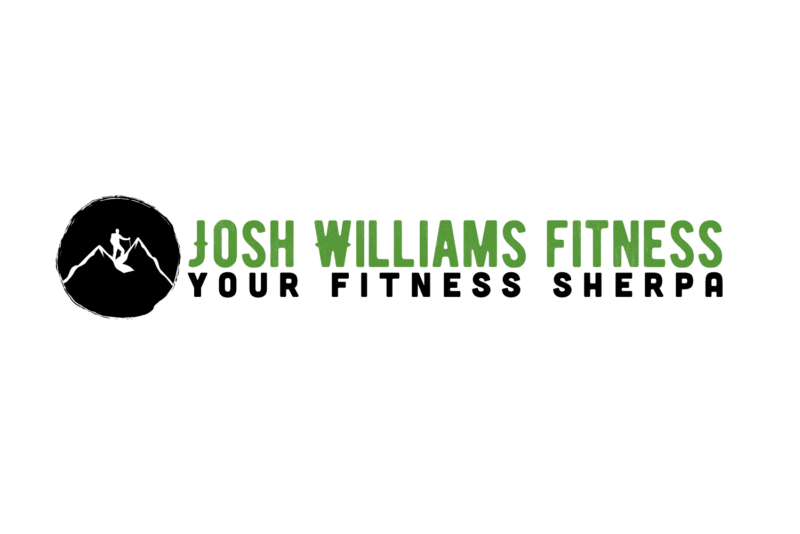
It is now common to see people foam rolling before and after their workouts. When I first started in the industry, foam rollers were rare to be seen in a gym outside of a college weight room.
I remember purchasing my first foam roller back in college and bringing it to the local gym, and as I warmed up, people would look over with a quizzical look on their faces. I am sure thinking, “why on earth is the boy rolling himself around on that hard foam?”
Ten years later, foam rollers are commonplace in gyms and widely accepted part of one’s warm-up.
Today I will go over some of the key benefits of foam rolling and go over a few areas of the body that respond well to foam rolling, but we either skip or don’t know about.
Benefits
The research on foam rolling is, even after a decade, lacking, but that is not to say it is not a beneficial tool for warming up. Here is what we do know:
- It can increase ranges of motion in joints for short periods
- It can reduce soreness in muscles after foam rolling (most likely due to stimulating the Golgi tendon organ and telling the muscle to decrease its tone)
- Pre foam rolling has shown benefits in reducing fatigue and soreness during workouts allowing you to potentially workout longer or hard
How to Foam Roll
You should only use the foam rolling on the muscle belly, not rolled over joints, tendons, and ligaments. Some other mistakes are rolling too quickly, not putting enough pressure on an area, and rolling a painful area.
When you start to foam roll an area, you should do 3-5 slow rolls over the area looking for any knots in the muscle. If you find an area with a knot, stop and foam roll that area with 5-10 slow rolls over the spot. Foam rolling should not feel painful on a scale of discomfort; it should be around 4-5 with you still breathing, and again I stress this should not be described as painful. You will repeat this process for the next area.
If you are rolling a muscle and you find no knots, it is still good to do the initial 3-5 slow rolls over the area but after that, move on to the next area.
Areas to Foam Roll
Bottom of the Foot
If you run or stand all day or wear shoes with lifts in them, there is a good chance you feel the bottom of your feet and calves can feel tight. By rolling the feet, it will relax the fascia of the foot, which will take tension away from the calf.
Hip Flexor
If you sit a lot or stand a lot and live in extension, there is a good chance your hip flexors are going to be tight. Tight hip flexors will pull your pelvis forward, creating potential back problems down the line.
QL
Quadrates Lumborum plays a role in pelvic control; over time, the muscle can become tight, leading to stiffness in the back.
Lat
The muscles under your armpit and run down to your hips plays a significant role in pulling movements. Like any muscle, overtime can become tight, leading to decreased range of motion in the arms and result in shoulder discomfort and lower back discomfort.
Next time you are rolling, try these four new areas out. They may not be comfortable at first, but they will feel better after.
Your Fitness Sherpa,
Josh









